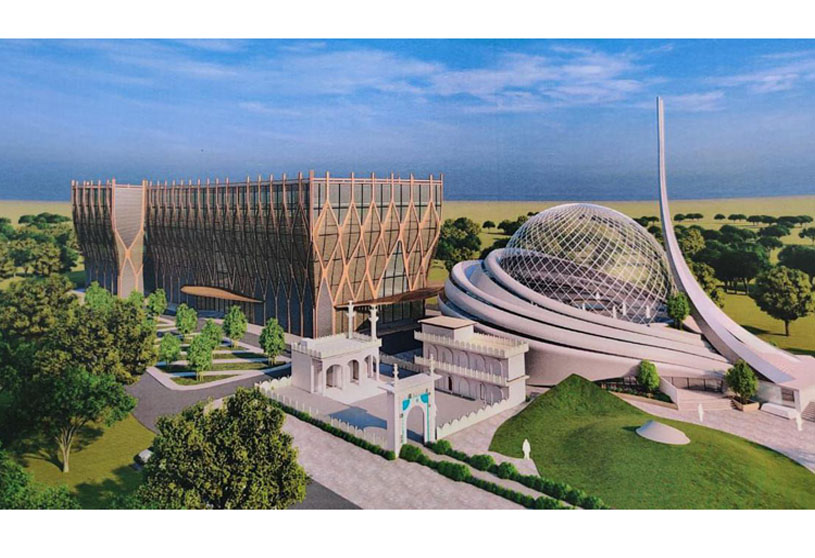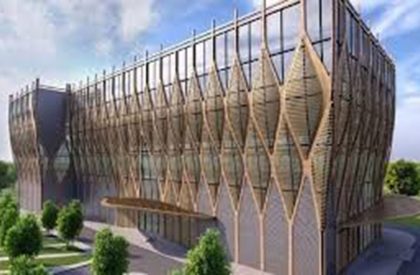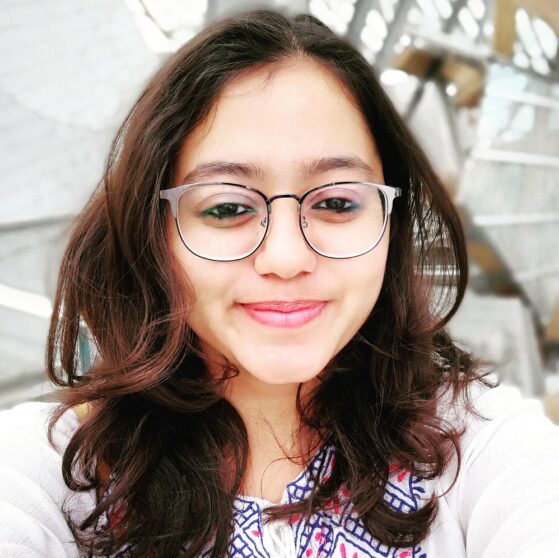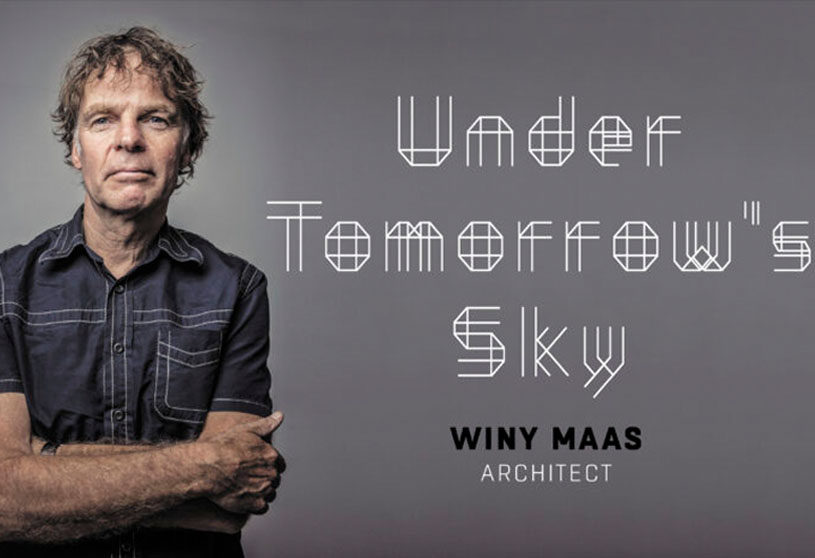The design of the new masjid to replace Babri mosque was unveiled this -. The new mosque is designed as an entire complex that will host a 300 bed hospital, a community kitchen, museum archive and public library.
The architect of the new mosque, S.M. Akhtar, a renowned architect and dean at Jamia Millia Islamia University said the aim of the design of this mosque is to serve the society in totality.
“It is not just a masjid, but a masjid complex”, he said.
The new complex will have a two storey mosque that will allow 2000 people at a time to offer namaz, a 300 bed four storey hospital, a museum archive gallery of Indian culture which will be open to all visitors and a public library and community kitchen. Akhtar explains the steering away from the traditional design as a philosophy, he argues that architecture is always created and can never be replicated.
“I was very clear about this from the beginning. One should always explore architecture as it can be a carrier for taking society ahead”,he says.
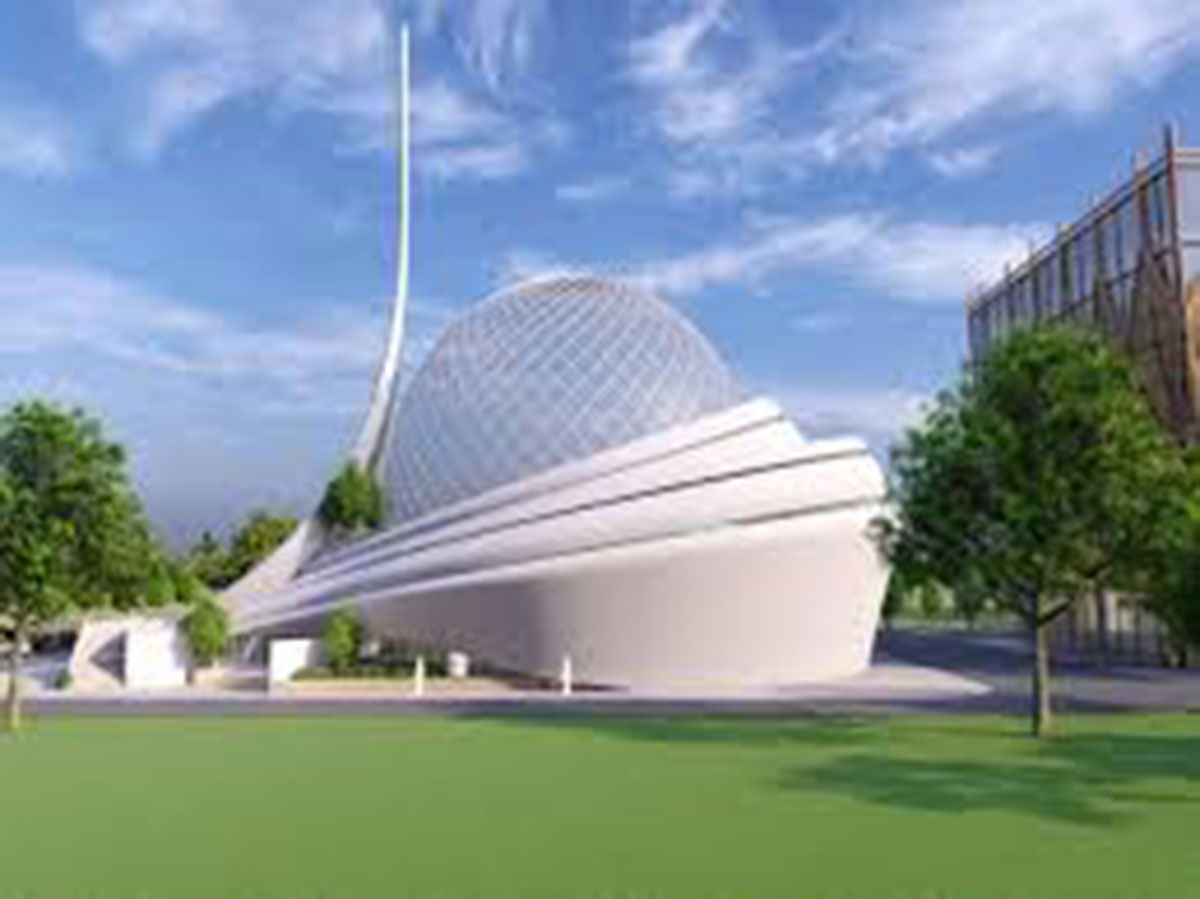
The design of the mosque is egg-shaped without the use of traditional elements like arches, minarets and domes. The mosque’s modern design will be sustainable by using solar power to reduce the energy consumption.
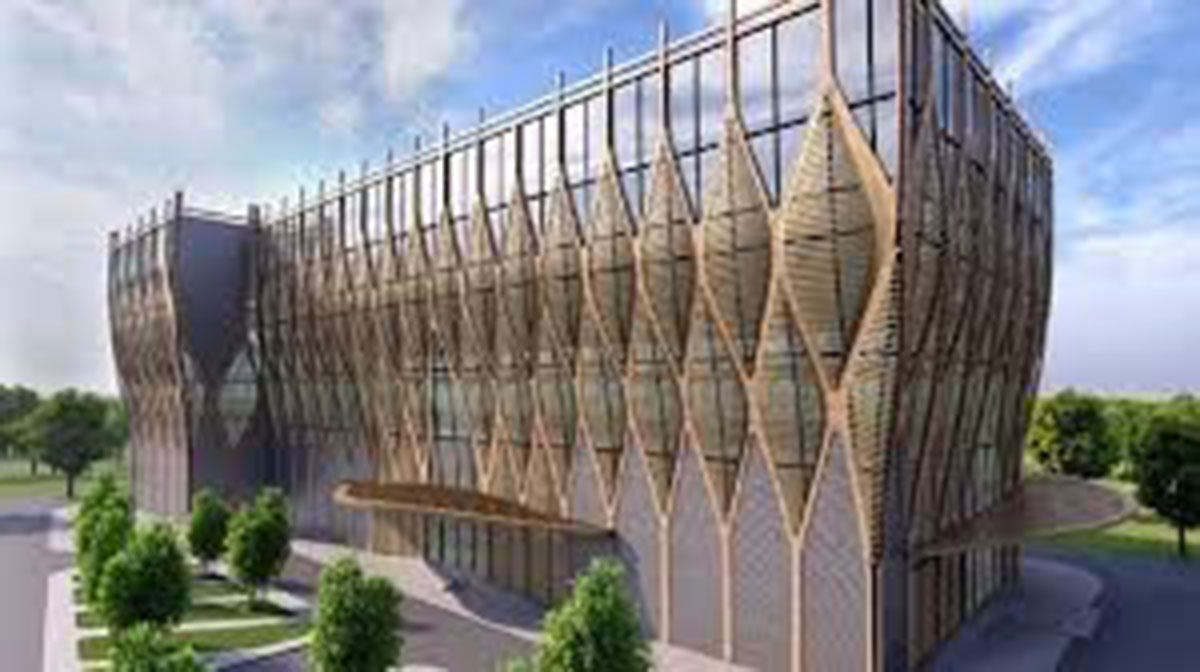
The mosque is located in Ayodhya’s Dhannipur district which doesn’t have good hospital facilities around the area. This immense need is what prompted the design to have a state of the art hospital that can serve the surrounding community around the area, with special focus towards children facilities and expecting mothers.
The complex will also house the trust office and publication house focussing on research and publication of Indo Islamic Cultural-Literature studies.
The design of the mosque shows a different direction that Akhtar has envisioned, one where there is a social integration of facilities that are needed by the people and his decision of moving away from the past and towards the future of what Islamic architecture could be.
“I am looking for a paradigm shift in the vocabulary of Islamic architecture. The past is past. The past cannot be the present nor the future. You have to detach yourself from that. It is nostalgia; it cannot give you anything.”
The construction of the mosque is to begin on 26th January 2021, the upcoming republic day. It is estimated to be complete in 6 months while the hospital and other parts of the campus can take longer than a year. The materials and building techniques used for construction of both the mosque and hospital are yet to be decided, and the research on it is ongoing, but Akhtar assures that they will only be the best suited materials and techniques to build a lasting structure that is sustainable as well.
